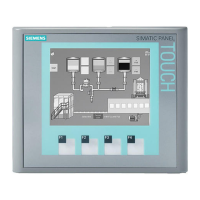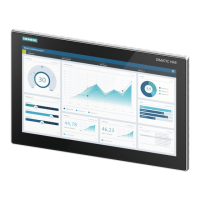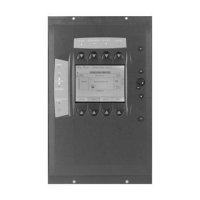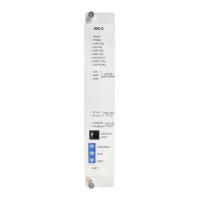D-21
SIMATIC TD 200 Operator Interface
C79000-G7076-C272-01
D.5 Understanding Message Types
Every message falls into one of four possible message acknowledgement and
editing types. This section explains specifically how each message type is handled
by the TD 200. The four message types follow:
No acknowledgement required. No edits allowed.
Acknowledgement required. No edits allowed.
No acknowledgement required. Edits allowed.
Acknowledgement required. Edits allowed.
No Acknowledgement, No Edits Allowed
In this combination of no acknowledgement required and no edits allowed, the
TD 200 simply displays the message. The ENTER key has no function since there
are no editable variables within the message. The message can contain variables
that are updated at the update rate of the TD 200. This type of message is
replaced on the display if a higher priority message is enabled by the S7-200 CPU.
The operator can either press the UP or the DOWN arrow key to scroll through
other messages or press ESC to return to the Menu mode.
The TD 200 does not clear the corresponding message-enable bit in the S7-200
CPU.
Acknowledgement, No Edits Allowed
In this combination of acknowledgement required and no edits allowed, the TD 200
displays the message and makes the entire message flash (blink) until the operator
presses ENTER to acknowledge the message. Variable values are updated from
the S7-200 CPU at the normal update rate while the message is flashing.
When the operator presses ENTER, the TD 200:
Sets the acknowledgement-notification bit in the first format byte of the
message.
Clears the message-enable bit for this particular message. This causes the
message to be removed from the display on the next update cycle.
Another message cannot replace the one flashing until the operator acknowledges
the flashing message. This is also true even if a higher priority message is enabled
in the S7-200 CPU. If the TD 200 is configured for 20-character messages and the
CPU enables a higher priority message, the flashing message shifts to the second
line of the display. The operator cannot press the UP or the DOWN key to scroll
through other enabled messages until s/he acknowledges the current message.
TD 200 Parameters and Messa
es

